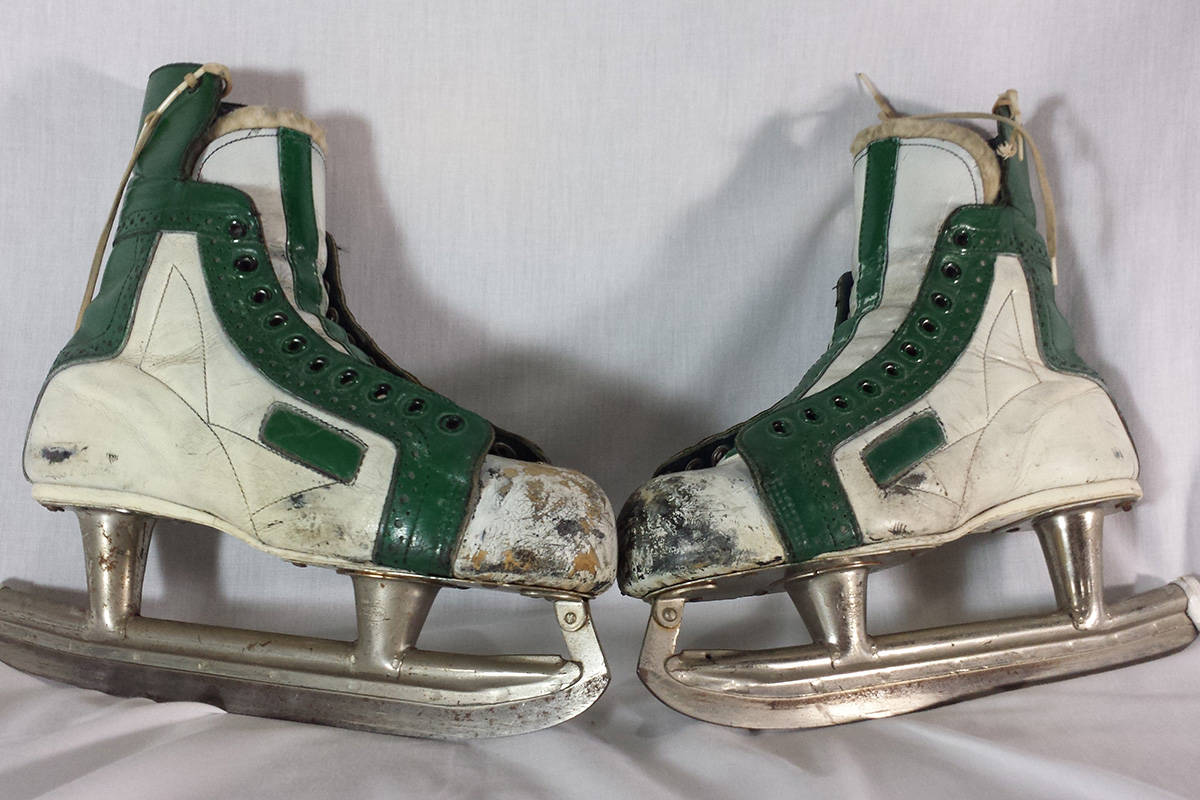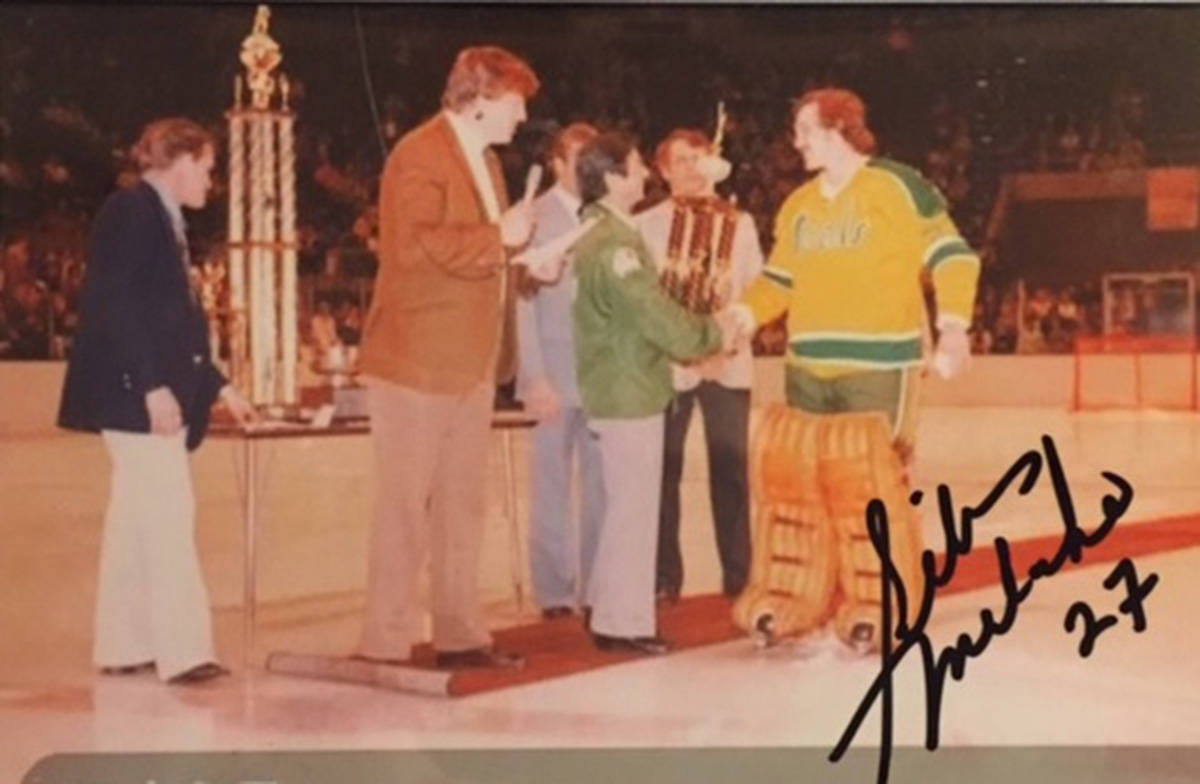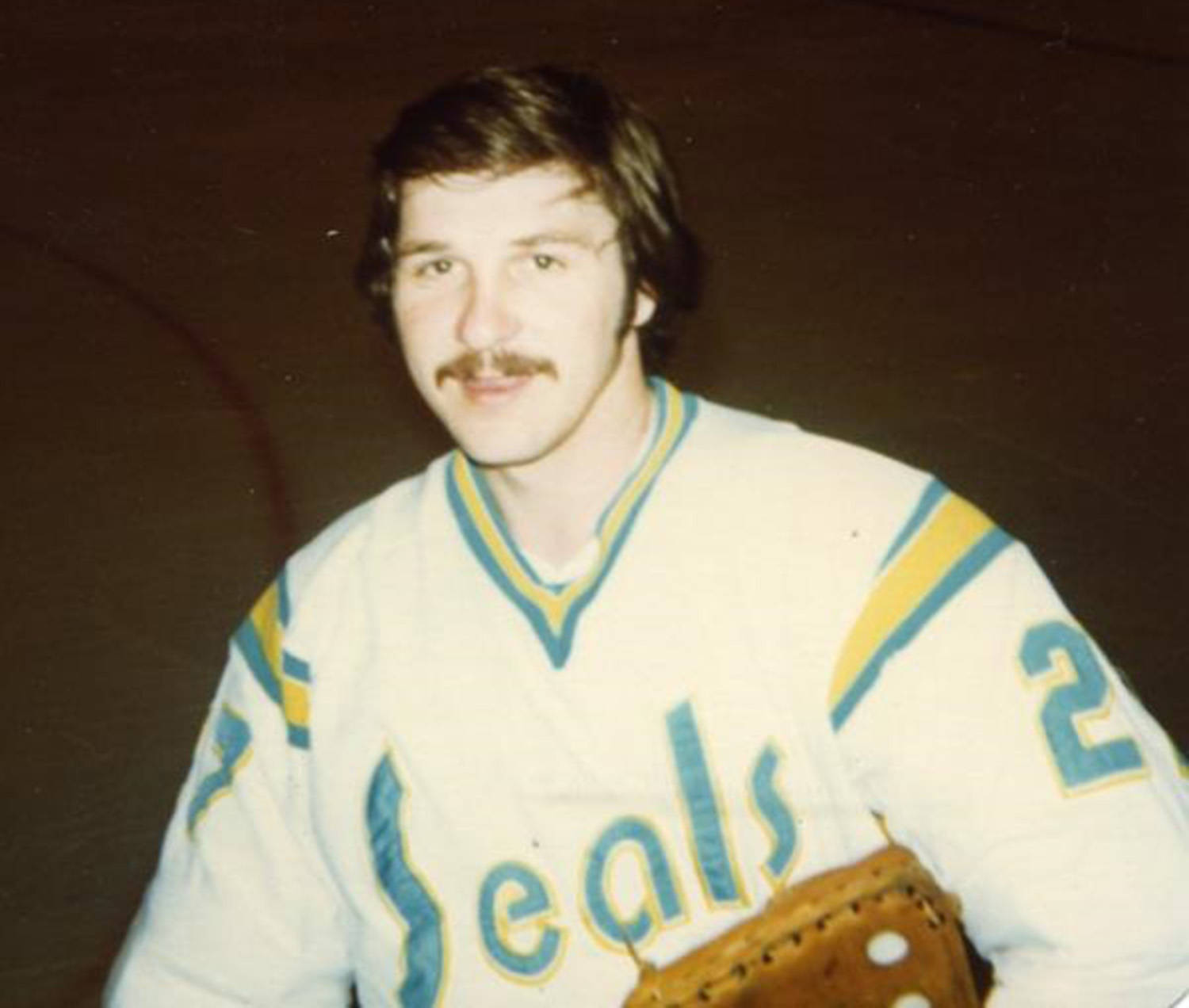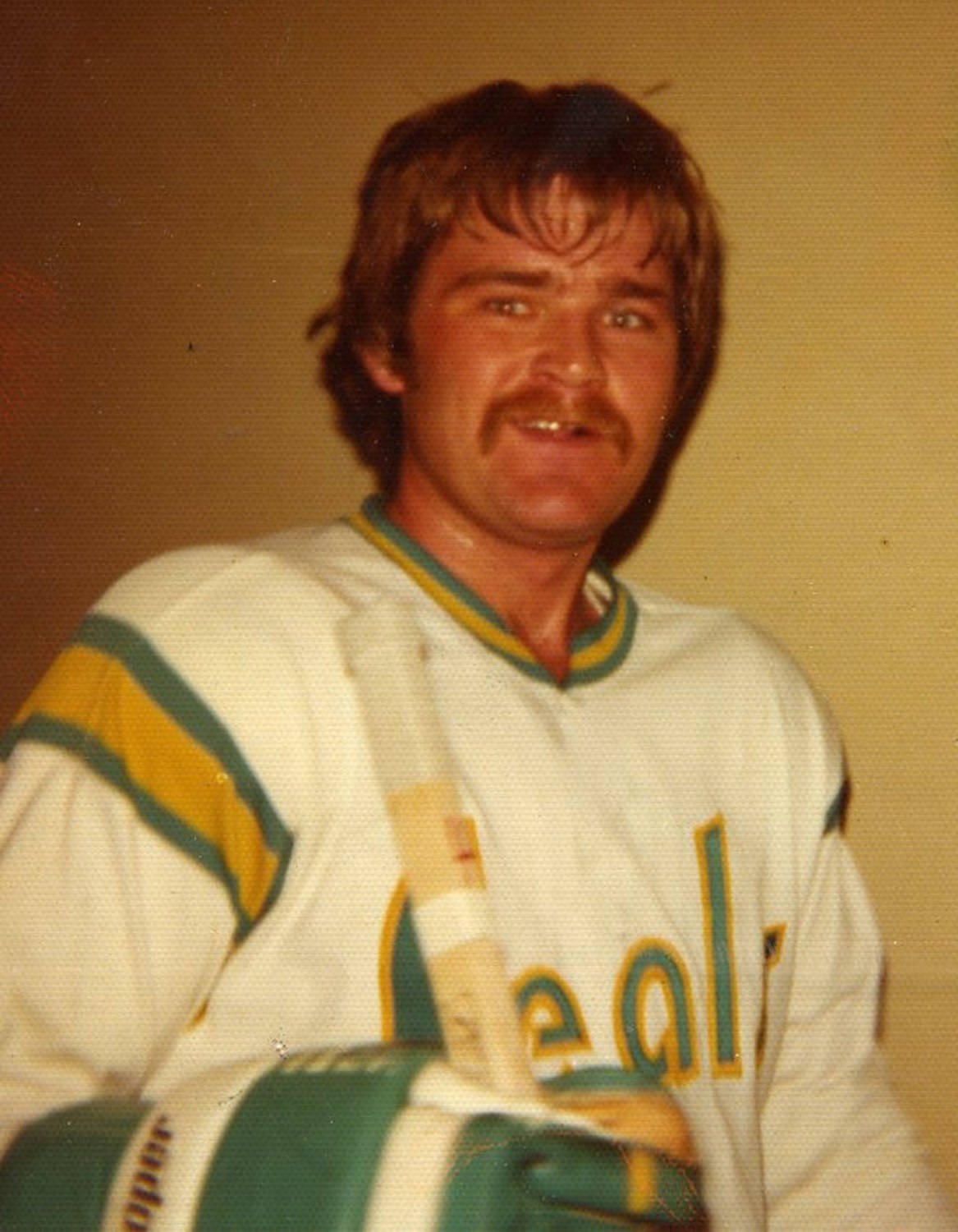No one really likes to witness failure, but when it comes to hockey history, there are plenty of unique, interesting and downright quirky stories out there about failed franchises.
A recently released book by a Canadian author showcases one of the more infamous failed NHL franchises — the California Golden Seals. A pair of Ponoka-born players, Stan Weir and Greg Smith, were part of the club. Weir played three seasons, while Smith spent just one then went with the franchise to Cleveland.
Entitled The California Golden Seals — A tale of White Skates, Red Ink, and One of the NHL’s Most Outlandish Teams, the book written by Steve Currier — and released last November — came about mostly from curiosity and wanting to know more about the rather off-the-wall clubs at the top professional level.
“Part of the reason why I got into this was the white skates. It makes the Seals one of the quirkiest teams in the NHL, if not in all of hockey,” Currier said in a phone interview from his Cornwall, Ont. home.
“It’s those little quirks, plus the fact there were so many of them, that made the team stand out.”
This fascination with the Seals started back when Currier was in the late 1980s mostly because of the photos he saw.
“There wasn’t really a lot out there, no Internet or anything, so the photos are basically what got me started,” he said.
“The colours were a bit wild and different, most of the players I’d never heard of before and had been retired for years when I found out about them.”
Acting on his youthful curiosity, Currier put in a request to the NHL head office in New York for whatever information he could get his hands on regarding the Seals and any other defunct franchise.
“Someone there sent me a 1975-76 Seals media guide, photocopied the whole thing, and that right there really got the ball rolling,” he said.
“All these statistics, basically the entire history was right in front of me. There being no Internet, this was a real treasure to get and the greatest piece of mail I’d ever received, because it was so rare and the stuff in the media guide you couldn’t find anywhere else.”
From then, Currier started collecting other data, through old hockey cards and other avenues. This was before the Internet kicked into gear when he began high school, which allowed him to gather a lot more information.
“It seemed to mushroom from there as I was able to find newspapers from the Bay area and Oakland. I was about 17 when I wrote what could be considered a first draft of what has turned into the book,” he stated.
“It really took on a life of its own then — filling in gaps I had, updating faulty information, confirm or denying other information.”
He also became a member of the Society for International Hockey Research, a point which helped immensely as he was able to contact and interview former Seals players and other staff.
“Some of the stories I had heard before, but it was nice to have my own version. There were other great stories the players and others associated with the team told me,” he stated.
One such story came courtesy of a member of the Seals Booster Club, who happened to be a stick boy during the club’s most infamous time period.
“He was there when owner Charles Finlay told the team to start wearing the white skates. He said he remembers for a fact that him and another stick boy were asked to paint the skates with latex house paint, almost on a daily basis because of the stick and puck marks on them,” Currier explained.
“He laughed at it because the skates would get heavier and heavier as the games went on. It’s no coincidence that, if you look at the team’s record, they were a much worse team in the second half of seasons during that era. It might have been because they were losing a step on other teams due to the skates being so heavy.”
One other unique fact Currier found is the Seals apparently paid a young women to go out during a home game with just skates on, “in an apparent attempt to increase publicity, which it did, but did nothing for attendance.”
Currier has received a number of compliments on the book from players and relatives of those involved with the club, one from the daughter of the Seal’s former general manager Gary Young who thanked him for getting his story right really felt good.
Currier’s facination with defunct hockey clubs and unique stories is moving forward as he is working on another book that will delve into the NHL’s 1974 expansion that saw the Washington Capitals join as well as the Kansas City Scouts, who later turned into the Colorado Rockies and are now known as the New Jersey Devils.
The book is available online by going to www.goldensealshockey.com.






